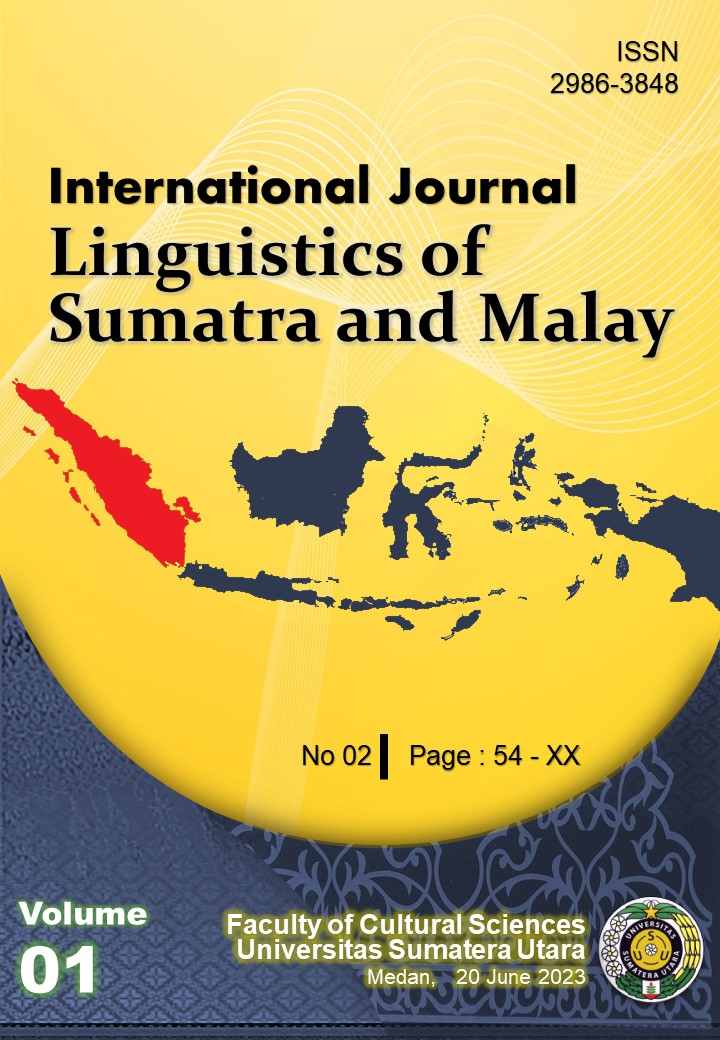EFL Students’ Agility in Online Learning During the Covid-19: A Gender Study
DOI:
https://doi.org/10.32734/ijlsm.v1i2.10579Keywords:
EFL Students, Agility, Online Learning; GenderAbstract
This study attempts to investigate the agility of male and female senior high EFL students of SMA Negeri 4 Pematangsiantar in online learning during the Covid-19 pandemic. The study employs the theory of learning agility introduced by Gravatt and Caldwell (2016). As they stated, there are four dimensions of learning agility, namely; mental agility, people agility, results in agility, and change agility. The sampling technique used was random sampling. 150 students of X PMIA 1, 2, 3, and X PIS 1 and 2 were selected as the participants. The score of male students for all types of learning agility was 6798. While the score of female students for all types of learning agility was 6831. From 150 participants, the percentage of male students who had a high level of agility was 27,33%, while the female students were 26%. The percentage of male students who had a moderate la level of agility was 22,67%, while the female students were 78.33%. None of the male and female students had a low level of agility. The results showed that when it came to the o general calculation of scores, the female students were higher and more agile. However, when it was seen individually, especially in the learning activities, the male students had a higher level of agility rather than the female students.
Downloads
Downloads
Published
Issue
Section
License
Copyright (c) 2022 International Journal on Linguistics of Sumatra and Malay

This work is licensed under a Creative Commons Attribution-ShareAlike 4.0 International License.
All articles published in the International Journal Linguistics of Sumatra and Malay (IJLSM) are licensed under the Creative Commons Attribution-ShareAlike 4.0 International License (CC BY-SA 4.0).
This license permits anyone to:
-
Share — copy and redistribute the material in any medium or format.
-
Adapt — remix, transform, and build upon the material for any purpose, even commercially.









